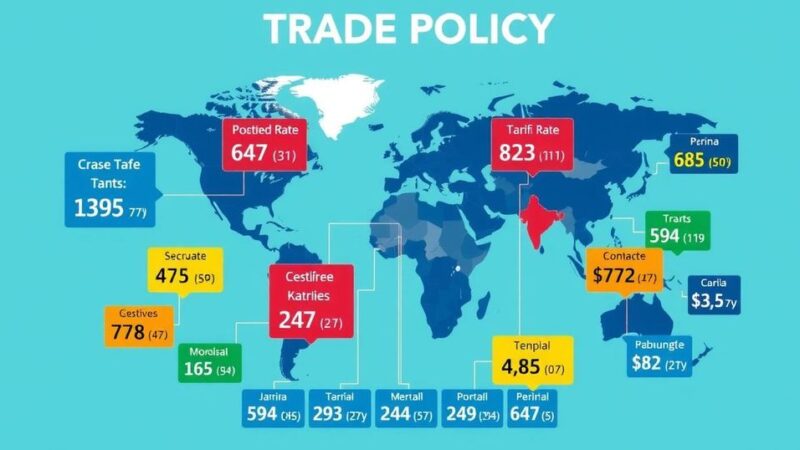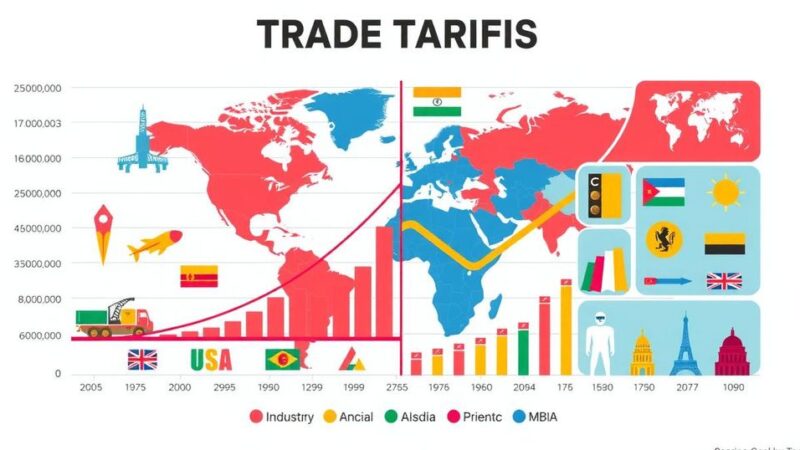Chicago soybean futures have reached a three-week high due to biofuels policy negotiations, despite the bearish influence of Brazil’s record harvest and U.S. tariffs. U.S. corn planting is expected to rise, yet concerns about potential retaliation from trade partners persist. Commodity funds are net buyers of various futures, while wheat has seen a slight decline amid favorable weather and assured exports.
Chicago soybean futures have reached a three-week high, driven largely by discussions surrounding biofuels policy. The most-active soybean contract on the Chicago Board of Trade (CBOT) increased by 0.15%, reaching $10.24 per bushel. This marks the highest price since March 10 and the third consecutive day of gains as of 0207 GMT. However, a significant harvest in Brazil and tariff concerns in the United States have curbed further increases.
Reports indicate that the Trump administration is currently engaged in negotiations with oil and biofuels producers to establish the next phase of the nation’s biofuels policy. On the international front, Brazil is projected to produce a record soybean crop of 172.1 million tons for the 2024-2025 cycle, according to agribusiness consultancy Agroconsult, driven by strong demand from China.
Traders are closely monitoring reports from the U.S. Department of Agriculture (USDA) and upcoming tariffs scheduled for April 2. President Trump has indicated that these reciprocal tariffs will apply to all nations, rather than limiting them to those with significant trade imbalances. Additionally, corn prices have declined by 0.44% to $4.51 per bushel, largely due to expectations of substantial planting and possible retaliatory tariffs from key agricultural partners.
Analysts predict an increase in U.S. corn planting, estimating that it will rise to 94.361 million acres in 2025, up from 90.594 million acres the previous year. In contrast, wheat futures have decreased by 0.19% to $5.27 per bushel, influenced by favorable weather conditions in U.S. and Russian wheat-producing regions, as well as expectations for smoother exports from Russia and Ukraine, thanks to the U.S.-backed ceasefire agreement.
Commodity funds demonstrated varied activity; traders indicated that they were net buyers of CBOT corn, soybean, and soyoil futures contracts on Friday. In contrast, they were net sellers of wheat and soymeal futures contracts, reflecting shifting market dynamics.
In summary, Chicago soybean futures have risen to a three-week high, largely influenced by biofuels policy discussions, despite limitations from Brazil’s harvest and U.S. tariffs. The interplay of these factors coupled with planting expectations and weather conditions for corn and wheat illustrates the complexities within the agricultural commodity markets. The divergent trading activities of commodity funds further underscore the volatility and shifting trends in these markets.
Original Source: www.tradingview.com






